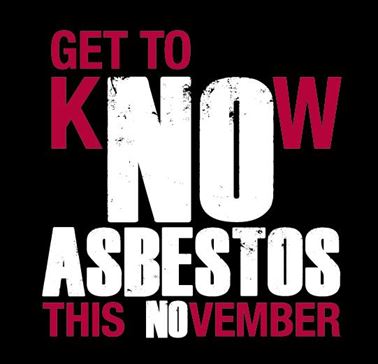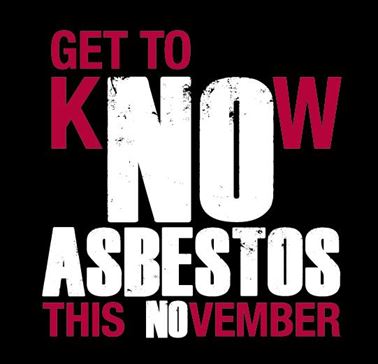 image from newsmaker.com.au
image from newsmaker.com.au
Friday, November 28, 2014 – today is National Asbestos Awareness Day, and the Asbestos Diseases Foundation of Australia (ADFA) issued another public warning to homeowners who are into DIY projects.
On this day, groups of people will gather to remember those who fell victim to asbestos exposure and died of asbestos-related sicknesses. Apart from that, today is also a day to spread awareness and to remind the community that the threat of asbestos remains high.
Each year, there are 600 reported mesothelioma cases in Australia, and those numbers are expected to continue to rise, and to reach 900 by 2020. In the next 40 years, it is estimated that over 25,000 Australian citizens will die from mesothelioma, according to the National Health and Medical Research Council.
Barry Robson, president of the ADFA said there are no safe levels of exposure when it comes to asbestos fibres.
According to Mr. Robson, there are three waves of exposure to asbestos. The first one is through the mining and manufacturing process; the second, exposure to fibres from using products in the workplace that contain them; and now the third, exposure from renovation projects without the necessary precautions.
One out of three Australian houses contain asbestos, said Mr. Robson. Furthermore, he said that mesothelioma’s only known cause is asbestos and if tradespeople, handymen, and homeowners who like DIY conduct renovations or demolitions, they may release asbestos fibres and dust into the air, and inhalation of that increases the risk of developing malignant mesothelioma as well as lung cancer.
Recently, Medical Journal Australasia conducted a study and reported that their survey results show more than 60 percent of respondents who had performed renovations at home became exposed to asbestos particles, with an additional 53 percent of partners, and 40 percent of kids around the house exposed to it as well.
Currently, there in no known cure to mesothelioma, and the survival time post diagnosis is very short, with most patients given only 10-12 months to live. Other diseases caused by asbestos inhalation include benign pleural disease, asbestosis, and lung cancer.
Peter Dunphy, Chair of the Asbestos Education Committee said that Australia had one of the highest cases of asbestos-related illnesses worldwide.
“This is because Australia was among the highest consumers of asbestos products with more than 60 per cent of all asbestos product manufacturing, and 90 per cent of all consumption of asbestos fibre used in asbestos cement until a complete ban of asbestos came into force in Australia in 2003,” Mr Dunphy said.
He also said that there are still high amounts of asbestos-containing building materials that are hidden in various parts of homes that were built or renovated before 1987. However, these are generally safe if left untouched and are in good condition.
The problem is, with the old age of these properties and the increasing popularity of renovations, DIY projects, rebuild, and redevelopment, asbestos quickly becomes a big threat and health risk. That is why it is absolutely important to become informed and to take the necessary precautions before embarking on any construction or renovation activity.
Homeowners who are unsure as to whether their homes have asbestos or not must seek professional help and advice first in order to better protect themselves and their families.



